3 Reasons Why a Roth Conversion is Important for Your Retirement Strategy
There are many strategies to consider when planning for retirement. Everyone’s blueprint may look a little different, but a Roth conversion could be an important component. A Roth conversion is simply converting funds in a pre-tax IRA or 401(k) to a Roth after-tax investment, which means money in a Roth IRA will grow tax free and can be withdrawn tax free. Everyone should consider a Roth — younger generations investing or saving for retirement, those nearing retirement, as well as those already retired.
Let’s take a look at some of the top reasons to consider a Roth conversion.
1. Tax Management
First and foremost, the biggest reason to consider a Roth conversion is tax management. If you want to control your taxes in retirement, using a Roth conversion can help by locking in your current tax rates.
If you are just starting your career or even if you have scaled back your hours in anticipation of retirement, you may be in a lower tax rate now. However, later in retirement, you might expect to be in a higher tax rate because you have pension income, because you have large required distributions of your retirement savings, or because you expect tax rates to be higher when you retire. If you convert some of your assets now, you will pay taxes at the lower rate, essentially locking in current tax rates, and avoid having a higher tax rate for those future distributions from your IRA or 401(k).
Locking in current tax rates is the primary benefit of Roth conversion.
2. Manage Minimum Distributions
Another important reason to consider a Roth conversion is to manage or help reduce future required minimum distributions from IRAs and other qualified accounts.
When retirees reach age 72, they may have IRAs or 401(k) balances that have required minimum distributions (RMDs). Since the assets are tax deferred, all of those distributions are taxable as ordinary income. A lot of times, retirees have pensions, social security or other income heading their way. A retiree’s taxable income could increase substantially when their RMDs start in. An additional benefit of Roth IRAs is that they aren’t subject to RMDs.
3. Legacy Assets for Heirs
When parents pass and leave IRAs or 401(k)s to their children, their children typically have a 10-year distribution window. This is quite a change since the passing of the SECURE Act in December of 2019 which modified the stretch rules for most non-spousal IRA or 401(k) beneficiaries.
Oftentimes, when adult children are inheriting these assets, they’re likely at a higher income earning phase of their lifetime. So, the inherited assets could end up being taxed at a higher tax rate — meaning less for your children. This is where the Roth conversions can be built up as a source of legacy assets for your heirs. If you convert IRA funds today to a Roth, you will lock in those funds at your current tax rate. While your children still will have to comply with the 10-year distribution rule, all the earnings since you converted to a Roth and any distributions will be tax-free.
Lean on the Experts
This can be a lot to sort though. We understand there’s a lot to consider, which is why our financial professionals at Emerj360 coach our clients through all of these tax considerations. We also work with our clients’ tax professionals to ensure we’re being mindful of the costs or implications for each individual situation. Schedule a meeting if you’re ready to have a conversation about your retirement savings options.
The bottom line is it’s important to diversify how you save for retirement, and Roth conversions should be an integral part of your strategy.

